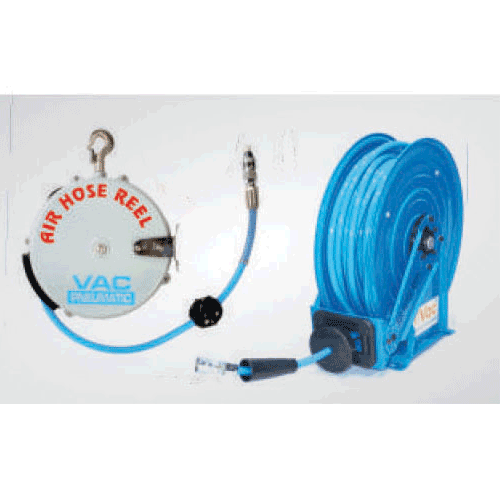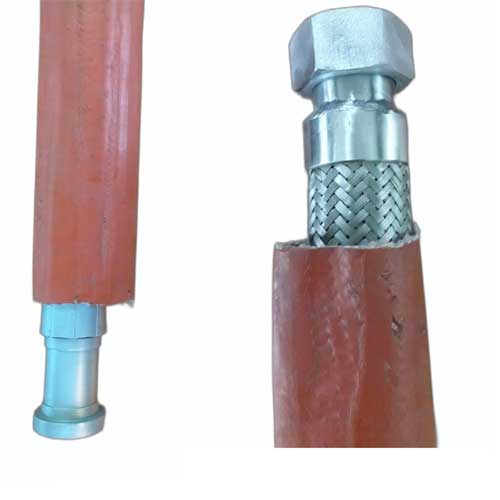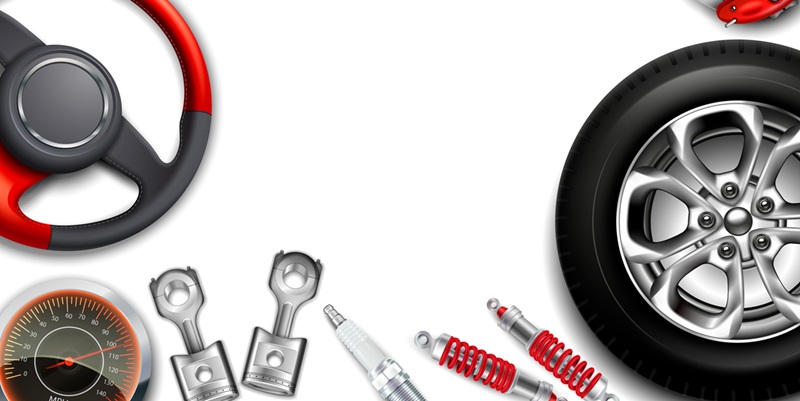Schedule a Call Back
Hydraulic hose: The key to equipment efficiency
 Articles
Articles- Nov 01,18

- Be aware of your equipment: Unusual smell, reinforcement exposed, sluggish or unresponsive equipment
- When to inspect and how often: For stationary equipment, every 3 months, and for mobile equipment, every 400-600 hours of operation or 3 months (whichever occurs first)
- Inspection tips: Always use proper PPE when inspecting hoses; Never touch a hose to inspect; System should be locked out and properly de-energised prior to removing any hose assemblies.
Related Stories

Tata Motors acquires Italy-based Iveco Group for EUR 3.8 billion
The agreement, which excludes Iveco's defence business, aims to create a commercial vehicles group with the reach, product portfolio and industrial capability to be a global champion in this dynamic..
Read more
R&D is a key enabler of the Make-in-India initiative: Rajendra Petkar
In this interview with Rakesh Rao, Rajendra Petkar, President & CTO, Tata Motors, explains why R&D is essential for India’s transition to a developed, innovation-led economy.
Read more
Igus expands D1 motor control with certified PROFINET
PROFINET/PROFIdrive integration and fast cycle times of the D1 allow for reliable and flexible control systems for motors in various automation applications.
Read moreRelated Products

Retractable & Motorised Hose Reel
Bright Industries offers a wide range of retractable & motorised hose reel.

Hose Reels – Air/Water/Oil
Vijay Air Control offers a wide range of hose reels – air/water/oil

Solution for Hoses for High Ambient Application
CEE DEE Industries offers a wide range of solution for hoses for high ambient application.


















